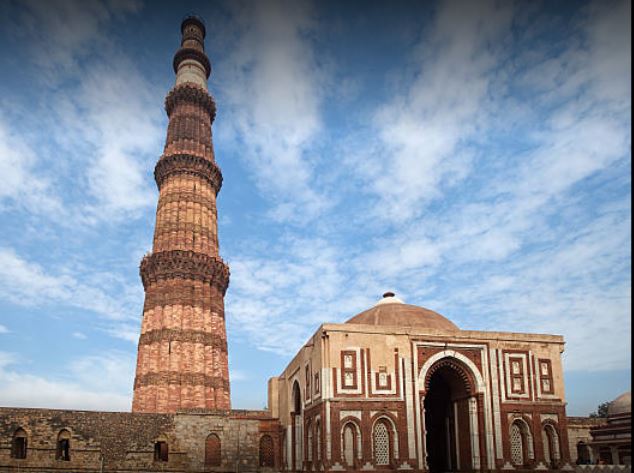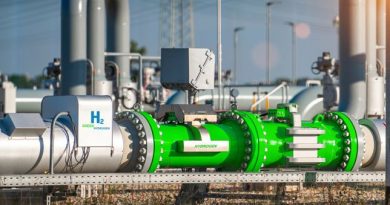Smog Towers in Delhi. The Bad Idea That Stayed On
 Inspiration for a Smog Tower?
Inspiration for a Smog Tower?
It has been observed increasingly now that the learned judges of India’s highest court, or even lower courts, when completely frustrated by the inaction of the executive branch of government, resorts to drastic measures to get them to move. Sometimes it is a threat to demolist something, and in this case, a threat to make something quite possibly useless, for want of anything better. When it comes to Delhi’s air pollution, the courts faced a similar predicament. In fact, the suffered the full brunt of executive laxity and apathy, from officials not appearing before the court when called, to not sharing data on options, to finally, failing to install pilots for potential solutions when called upon to do so.
Thus, one could argue that the judges found themselves in the unenviable task of doing the heavy lifting when it came to finding solutions to the capital’s pollution issues. That mismatch in responsibilities has finally reached its zenith with the smog tower issue, one can say.
That it had to threaten a government funded institution, IIT Bombay with contempt, for backing out of this particular project is itself a pointer to all that has gone wrong. But first, when did smog towers come into the picture?
For over 240 days in 2019, the country’s capital inhaled air quality that failed to meet national standards for safety. That drew the predictable outrage, culminating finally in the courts taking up the issue. As the courts grappled with various options, from a ban on diesel vehicles to shutting down industries to somehow preventing stubble burning by farmers in neighbouring states, East Delhi MP Gautam Gambhir, a well known cricketer and first time MP, went ahead and installed a smog tower in a key local market, Lajpat Nagar. The tower was widely seen as doing ‘something’, rather than talking. The inevitable publicity duly found its way to the court, helping the option to be considered, even with the little scientific logic, or lack of any conclusive data from the Lajpat Nagar experiment
Thus, that fixation from end 2019, and the government’s failure to install two more pilot projects that could be tracked and studied have finally led to the present situation where the country’s highest court finds itself on the side of a solution that is anything but. CEEW (Council for Energy Environment and Water), a think tank that has worked closely with the government on many related issues, has gone on record to say that the smog tower is no solution, and the capital would need over 2.5 million of these to make a dent in its air pollution numbers. At a cost of Rs 1,70,000 crores! But clearly, the courts will only believe what their own experts tell them AFTER the two smog towers they asked for are installed . Ironically, the only other country that tried smog towers, China, stopped building them almost as soon as the first ones came up, declaring them a failure. But perhaps learning from China is also banned now.
IIT Bombay has been browbeaten accordingly to support the project, and we might yet see two towers installed soon, before this, like many of the many other wacky solutions, quietly dies a slow death. Or perhaps, in typical government fashion, just enough money is found to install a few at the court and other places where judges might be found. For now, Rs 18.52 crores have been sanctioned for the project, which would apparently take about 10 months to make. Considering that the Gautam Gambhir backed smog tower cost ‘just’ Rs 7 lacs, with a recurring expense of Rs 30,000 per month, comparison with it has accordingly been ruled out.
The new project, being almost 265 times more expensive, would perhaps bring down the new required number of such towers to just….9500 odd. It’s that, or some real effort to get to the root of the problem, like building better mass transit systems, more greening of the city and its environs, and attitudinal shifts on consumption and waste. Let’s hope the two towers, if they do come up, don’t serve as yet another monument to the city’s history of misguided ambition and failure to scale.




